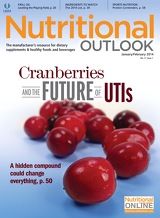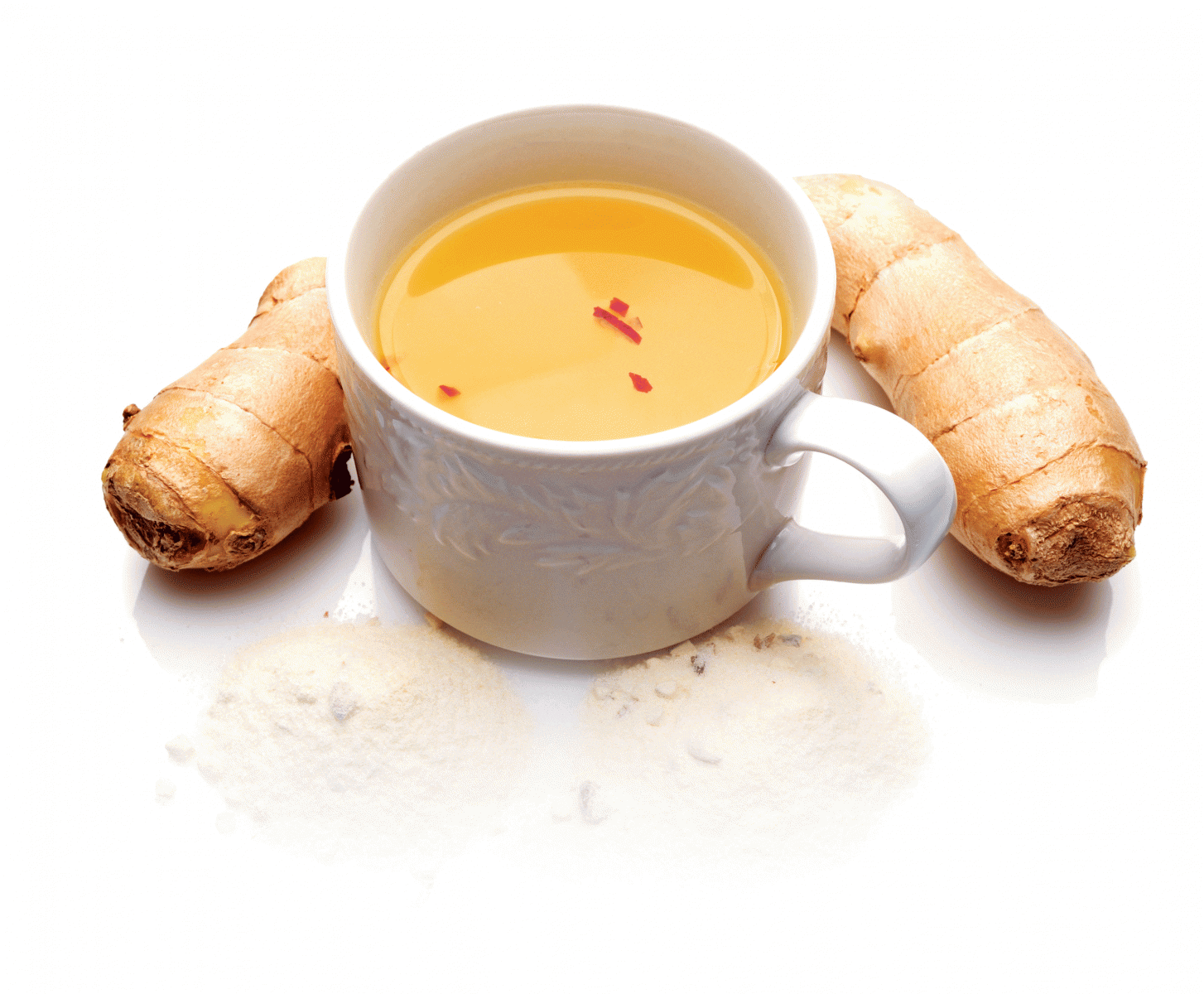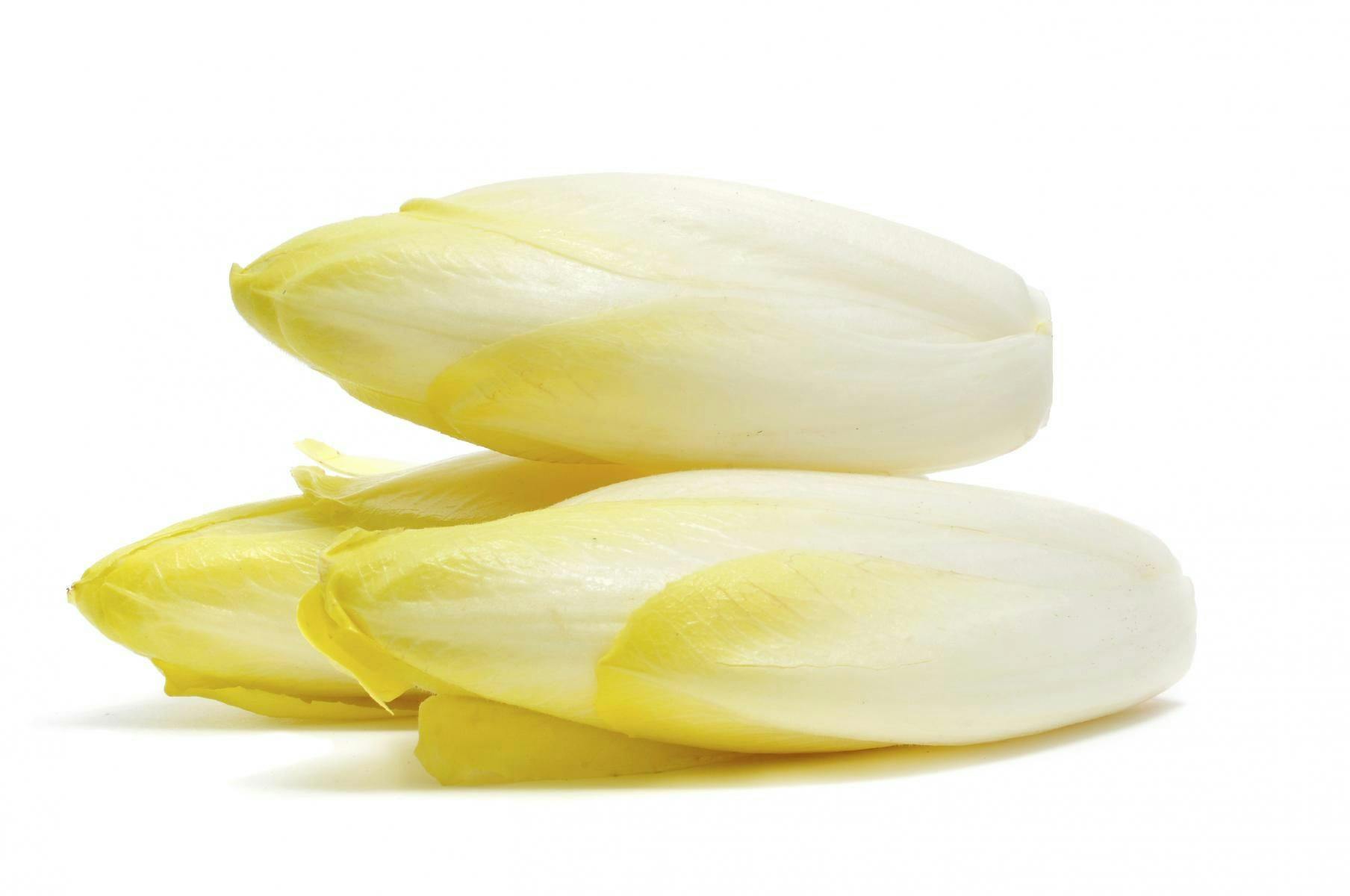Cranberries and the Future of UTIs
A hidden compound is about to change everything.

For decades, if not centuries, women and men have used cranberry products for relief from urinary tract infections (UTIs). Convention has it that cranberry nutrients prevent bad bacteria from attaching to the human bladder, which would otherwise cause an infection. But, despite their popular use, cranberry products don’t always impress in clinical settings.
For every trial that finds a cranberry juice or capsule reduces the risk of repetitive UTIs, another trial finds no such benefit. The doubt is perhaps best illustrated in a 2012 review by the Cochrane Collaboration, which compiled data from 24 historic studies on 4473 subjects to make its point: neither juice nor supplements can be prescribed for treatment at this time.
If cranberries can prevent recurrent UTIs, it’s safe to say there is still more to learn about these red berries and the forms through which we most often consume them. Thankfully, our understanding is
improving.
Insoluble PACs
The trouble with previous studies is likely a lack of cranberry characterization, according to cranberry suppliers and the Cochrane collaborators themselves. While proanthocyanidins (PACs) are an active component of cranberries-one that experts believe is intimately involved in cranberry’s anti-adhesion effect-a great majority of previous studies never quantified their cranberry PAC contents. In other words, those studies can’t be repeated.
“There just weren’t analytical tools available by the time a lot of those clinical studies were conducted,” says Christian Krueger, CEO of Complete Phytochemical Solutions LLC (Cambridge, WI), a consulting and analytics services provider specializing in cranberry research.
A variety of test methods are now available for quantifying cranberry PACs-including the popular BL-DMAC method developed by Brunswick Laboratories (Southborough, MA)-but they can only identify water-soluble PACs, the types present in cranberry juices and cocktails. Newer, more sophisticated cranberry extracts derived from the fruit’s pomace-including the seeds, skin, flesh, and stems-contain soluble PACs. But they also contain insoluble PACs, which until recently couldn’t be quantified.
Krueger and a team of researchers recently devised a method, based on butanol and hydrochloric acid, for quantifying insoluble PACs, and it’s pending publication. The ability to quantify insoluble PACs-compounds that were hidden from researchers for all those years-begs the question of whether the presence (or absence) of these particular PACs had any significant impact on past studies.
“Now, we have to look at the bioavailability of the insoluble PACs, and the clinical results on cranberry ingredients with insoluble PACs versus those without them,” says Skip Hammock, director of technical affairs at Pharmachem Laboratories Inc. (Kearny, NJ), supplier of Cran-Max cranberry extract. “We knew we had a raw material that worked, based on human clinicals, but we couldn’t quantify how much of what was in there-at least in a way that was replicable for the industry.”
So far, researchers have yet to explore the potential health benefits of insoluble PACs, but the early hypothesis is that these PACs might perform in much the same way as their soluble counterparts.
Monographs and Product Labels
Some cranberry suppliers are hoping that, with increased awareness for all kinds of PACs, cranberry product manufacturers will start calling out the importance of PACs in their own marketing language.
“We’re asking buyers to start looking for a way to identify PACs in all cranberry products, and to identify this on their product labels,” says Stephen Lukawski, vice president of sales and product development for Fruit d’Or Nutraceuticals (Notre Dame de Lourdes, MB, Canada), supplier of Cran d’Or and Cran Naturelle cranberry extracts. “We have to focus on something that is easy for the consumer to understand, and this would be the PAC activity found in cranberry in its natural state.”
Aside from dedicated cranberry suppliers, even the United States Pharmacopeia (USP; Rockville, MD) is interested in the latest cranberry findings-perhaps because the attention was long overdue. USP develops ingredient monographs to give everyone, from researchers to end-use customers, expert-verified standards for what should be present in ingredient materials. Its cranberry monographs needed some updating.
Actually, USP’s sole cranberry monograph, intended for cranberry juice concentrate, hadn’t been updated since its introduction in 1999. But a spokesperson for the USP says the group is now considering updating that monograph with a determination for soluble PACs. It’s also exploring the development of new monographs for other cranberry products, “for which the determination of insoluble PACs would be important.”
Complementing those monographs should be a variety of standard reference materials, which Krueger and his team are hoping to contribute.
“In an ideal situation, every commercial cranberry product on the market would have its own customized standard reference material,” says Krueger. “Think about a juice that would have a particular distribution of PACs that would vary in size and amount. That’s going to be different from something like a refined extract or a sweetened, dried cranberry. The distribution of that class of compounds is different across all of these commercial products.”
While the existing standard reference material-known as procyanidin A2 dimer-is available for everyone, Krueger says this provides just a rough estimate of what’s in a product, and “it certainly isn’t the most accurate way of quantifying PACs.”
Processing
With USP keen on updating its cranberry monographs, maintaining precious PACs will become all the more important. And suppliers say this is where processing temperatures are critical.
“We use soft, gentle conditions in order to not apply high-heat treatment, because we know that the PACs are a bit destructed by high temperature,” says Damien Guillemet, technical manager at Nexira (Rouen Cedex, France), supplier of Exocyan cranberry extract. “We’ve proven that, with temperature and time applied, you can lose 5% to 20% of the PAC content.”
Beyond thermal influence, geography, climate, and year-to-year seasonal differences can also affect the innate PAC content of cranberries before their extracts and juices are standardized. For manufacturers, this presents a real risk, as in-house tests conducted by some cranberry suppliers already indicate that finished products on the market vary dramatically in terms of PAC content. When USP monographs are in place, the disparities may get much more attention.
Whole Fruit
While industry urges manufacturers and customers to take a closer look at PACs, it’s worth noting that PACs probably isn’t the single deciding factor for cranberry products and urinary health. Other cranberry compounds are most certainly at play, which is why many of today’s ingredient suppliers promote whole-fruit, full-spectrum cranberry ingredients.
The recent discovery of a new kind of PACs is evidence of this potential whole-fruit effect. “What we’ve found through science on our full-spectrum cranberry ingredient, PACran, is that we are having superior anti-adhesion activity with one-twentieth the soluble PACs of a juice extract,” says Dan Souza, director of sales and marketing for Naturex-DBS (Sagamore, MA). In other words, the ability of cranberry ingredients to perform against urinary tract infections is almost certainly a result of synergistic cranberry nutrients. Manufacturers would be wise to consider the demonstrated anti-
adhesion activity of a cranberry product rather than merely looking for its content of one or two lone compounds.
And what’s to say that, somewhere down the road, researchers won’t discover another cranberry compound that’s just as beneficial for urinary health? Would this ingredient require standardization and quantification, too?
“That’s a very important question, because there are many, many other compounds in cranberries,” says Krueger. “While we talk about PACs as one class of compounds, we also have anthocyanins, flavanols, and hydroxyl-cinnamic acids. All of these have been shown to have some biological activity-in cell cultures, in animal studies, and in human clinical studies.”
The quest for the ideal solution for pesky UTIs is leading industry to reconsider the cranberry entirely. At some point in history, humans made a connection between urinary health improvements and the cranberry fruit before there were extracts and juices. That plump red fruit-in its whole, natural, and tart state-must hold the answer.
Robby Gardner
Associate Editor
Nutritional Outlook magazine
robby.gardner@ubm.com

















